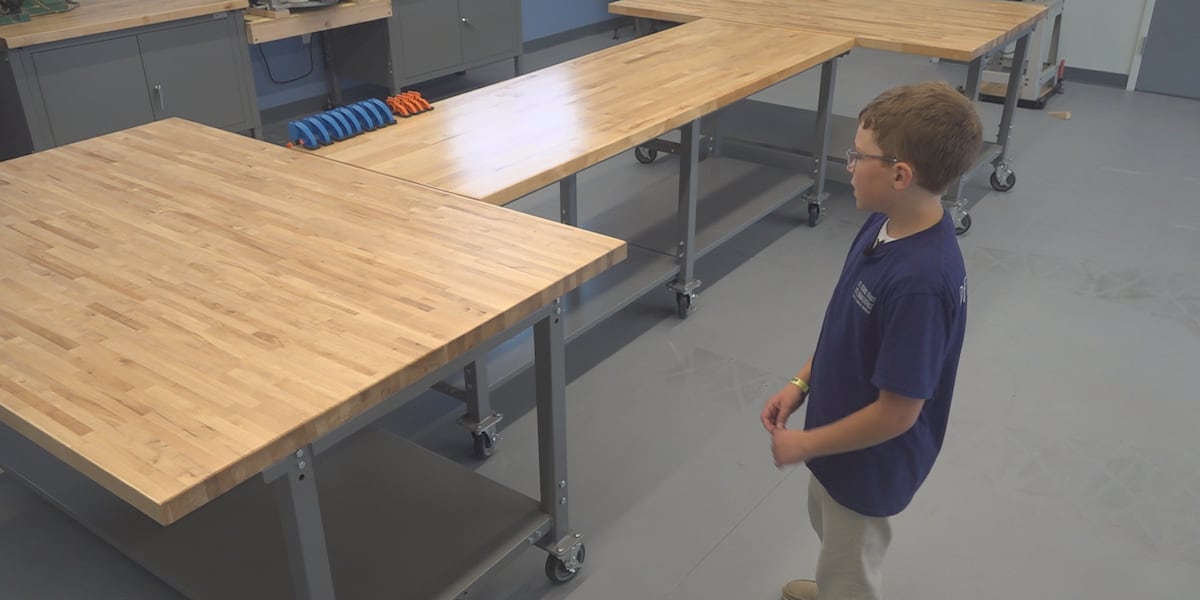Tesla's Robotaxi Lead: Why Their Tech Advantage Could Win the Race

The robotaxi market is heating up, with major players vying for dominance. Waymo, backed by Google's parent company Alphabet, has been operating a limited commercial robotaxi service in San Francisco for years. Cruise, owned by General Motors, has also expanded its operations, albeit with recent setbacks. However, these companies have largely relied on complex, high-cost sensor suites – LiDAR, radar, and cameras – and extensive mapping data. This approach, while effective in controlled environments, presents challenges for scaling and widespread deployment.
Tesla, under the leadership of Elon Musk, has taken a distinct path. Instead of focusing solely on advanced sensors, Tesla is heavily invested in developing its Full Self-Driving (FSD) system using primarily cameras and radar, with a future transition to camera-only operation. This “vision-based” approach relies on the power of artificial intelligence and machine learning to interpret the world around the vehicle. The key differentiator for Tesla is its Dojo supercomputer. Dojo is specifically designed to train Tesla's neural networks on the massive amounts of driving data collected from its global fleet of vehicles – currently millions of vehicles on the road providing continuous data streams.
This is where Tesla’s scale becomes a significant advantage. No other company has access to the sheer volume of real-world driving data that Tesla possesses. This data, covering diverse driving conditions – weather, traffic, road types – allows Tesla to train its AI models far more effectively than competitors. The Dojo supercomputer dramatically accelerates this training process, enabling Tesla to rapidly iterate and improve its FSD system. While Waymo and Cruise have impressive datasets, they are often collected in limited geographical areas and under controlled conditions. Tesla's data is far more representative of the complexities of real-world driving.
Another strategic advantage for Tesla is its existing fleet of vehicles. Tesla already has a massive installed base of cars equipped with FSD capabilities. This provides a built-in platform for testing and refining the robotaxi technology. Rather than building a fleet of dedicated robotaxi vehicles from scratch, Tesla can gradually upgrade its existing fleet, making the transition to a full robotaxi service more cost-effective. This incremental approach also allows Tesla to gather valuable feedback from real-world users.
Despite its advantages, Tesla faces challenges. The FSD system has faced criticism for its performance and safety, and regulatory hurdles remain. Achieving Level 5 autonomy – full autonomy in all conditions – is an incredibly difficult technical challenge. However, Tesla’s continued investment in Dojo, its focus on data-driven AI development, and its leveraging of its existing fleet position it well to overcome these obstacles.
While the robotaxi race is far from over, Tesla’s technological approach, driven by data and powered by Dojo, offers a compelling vision for the future of autonomous transportation. Tesla's quiet confidence, backed by its technological lead, suggests that they might just be winning the robotaxi wars, one data point at a time. The focus on in-house development and leveraging their existing fleet provides a unique advantage that competitors will find difficult to match.





